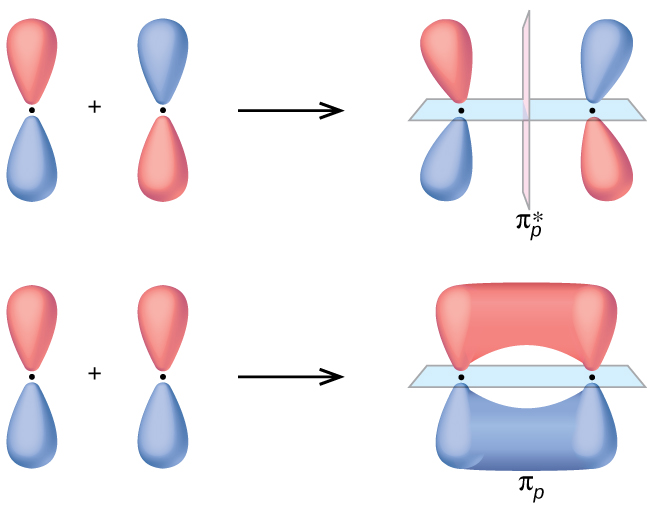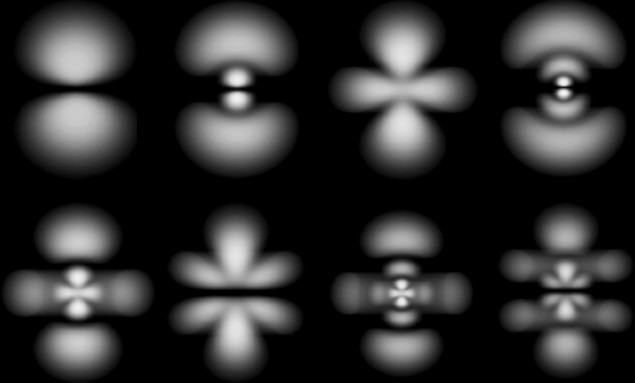
These electrons are called photoelectrons and this phenomenon is called photoelectric effect. When a beam of light with a frequency higher than the threshold frequency is dropped on metals such as alkali metals, electrons are released. Question 3: What is the photoelectric effect? Orbits do not have directional characteristics.Īll orbitals except s-orbitals have directional characteristics. This happens according to the wave nature of electrons. The concept of orbit is not consistent with the wave nature of electrons. Question 2: List three main differences between orbit and orbital.Īn orbit is a well defined 2D circular path around the nucleus in which electrons move.Īn orbital is a 3D space around the nucleus within which electrons are most likely to be found. Also, because electrons do not redistribute energy as long as they remain in the same energy level.

This is due to the stability of the half-filled orbitals. Question 1: Discuss how Bohr’s orbits are called stationary orbits or states. Thus, in accordance with Hund’s rule, configuration (a) with a maximum multiplicity of 1½ is correct. By the term maximum multiplicity, we mean that the total spin of unpaired electrons is maximumįor example, the total spin of the unpaired electrons in configurations (a), (b) and (c) are 1½, ½, and ½. The configuration (c) in which the pairing of the electrons has been shown in the 2p x orbital without putting the third electron in 2p z orbital is also not consistent with Hund’s rule of maximum multiplicity. In accordance with Hund’s rule, the configuration (a) in which the three unpaired electrons occupying 2p x, 2p y, and 2p z orbitals have parallel spins (either all clockwise or anticlockwise) is correct while the configuration (b) in which the unpaired electrons do not have parallel spins is incorrect.

This is due to the reality that two electrons with the same spin (in different orbitals, of course) will suffer lower-electron divergence in space when they have opposite spins (while in unequal orbits).Ĭonsider, for illustration, the succeeding diagram in the same direction, either clockwise or counterclockwise. Similarly, all freely encapsulated orbitals will have the same spin, i.e. Nevertheless, this divergence can be minimized if the two electrons can be obtained by wrapping the degenerate orbitals separately. This is due to the fact that electrons with the same charge repel each other when they are present in the same orbital. According to this rule,Įlectron pairing in the p, d and f orbitals cannot occur unless each orbital of a given subshell has one electron each or is singly occupied.

Hund’s law of maximum multiplication relates to the filling of electrons into degenerate (same energy) orbitals of the same subshell (p, d and f). In the light of Pauli’s exclusion principle, the representation (i) (ii) is correct while (iii) or (iv) is incorrect. In (iii) and (iv) representations, the two electrons have the same spin, i.e., either clockwise or anticlockwise. In (i) and (ii) representations, the two electrons (each indicated by an arrow) have opposite spins, i.e., if one is revolving clockwise, the other is revolving anticlockwise or vice versa. Average and Instantaneous Rate of Change.Class 11 NCERT Solutions - Chapter 3 Trigonometric Function - Exercise 3.1.Augmented Assignment Operators in Python.Importance of Chemistry in Everyday Life.Class 11 NCERT Solutions - Chapter 7 Permutations And Combinations - Exercise 7.1.Difference Between Mean, Median, and Mode with Examples.What is the Difference between Interactive and Script Mode in Python Programming?.ISRO CS Syllabus for Scientist/Engineer Exam.ISRO CS Original Papers and Official Keys.

GATE CS Original Papers and Official Keys.


 0 kommentar(er)
0 kommentar(er)
